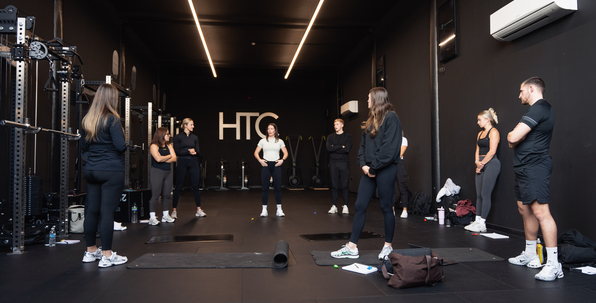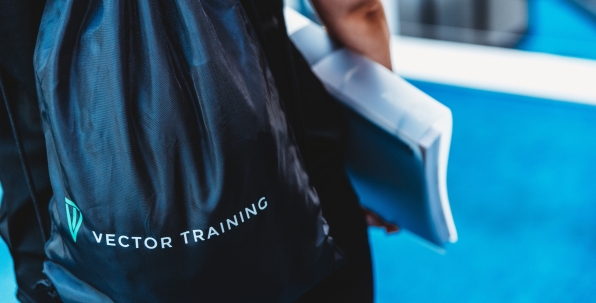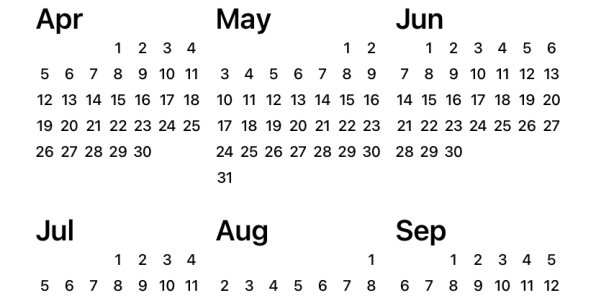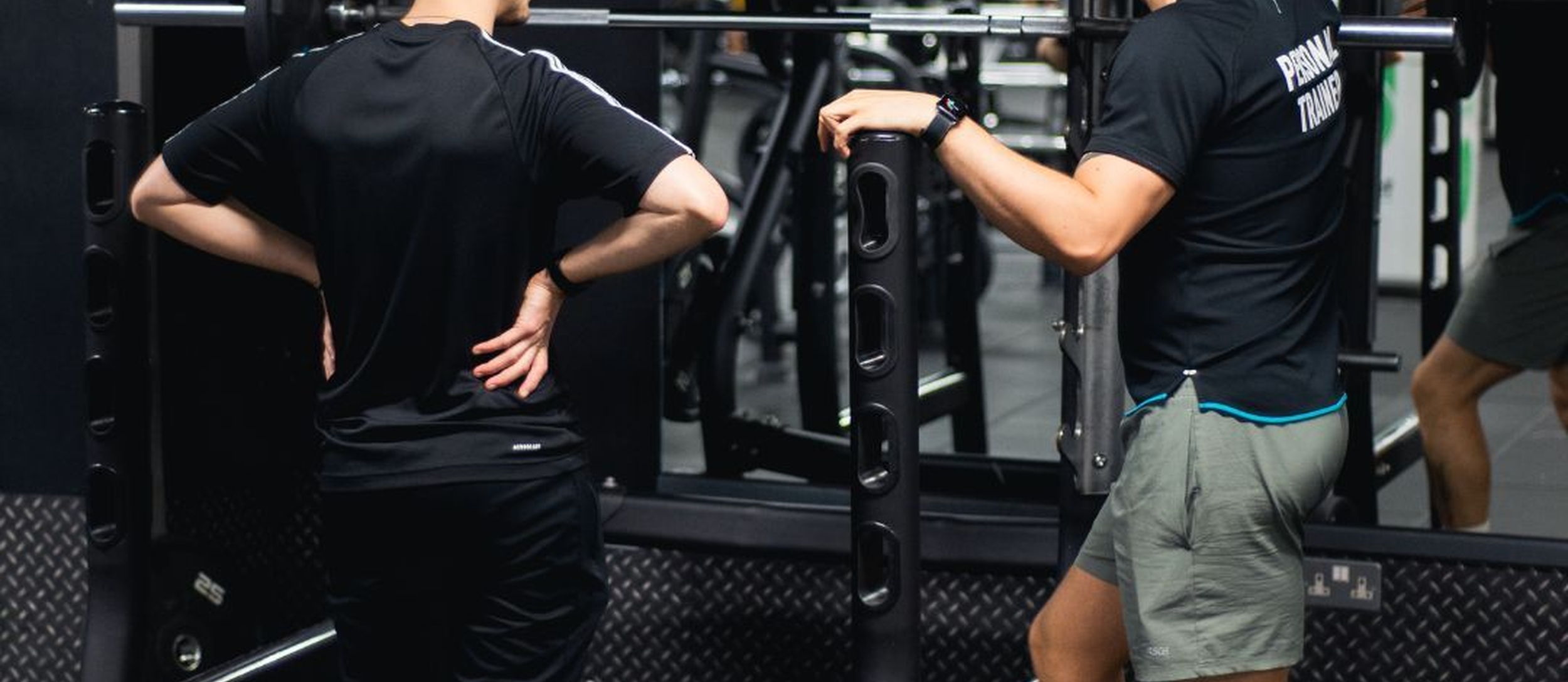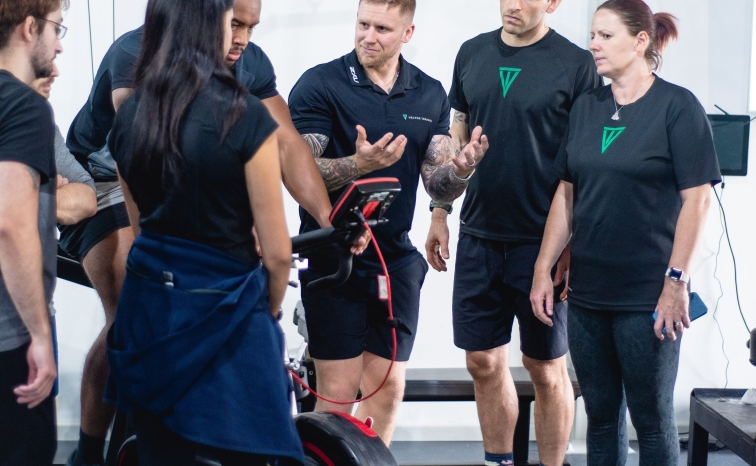So you've taken the first step towards an exciting and rewarding career as a personal trainer and wondering where you can start your new career after your course. As a newly qualified personal trainer, one of the most crucial decisions you'll face is where to build your career. The fitness industry offers a multitude of options, but two primary paths stand out: working in a large commercial gym or joining an independent gym. In this blog, we'll delve into the pros and cons of each option to help you make an informed choice that aligns with your aspirations, goals and current financial situation.
Commercial Gyms: The Pros and Cons
Pros:
High Footfall and Exposure: Commercial gyms, such as JD Gyms and PureGym attract a large number of members, giving you ample opportunities to showcase your skills and gain exposure.
Infrastructure and Equipment: These gyms are well-equipped with state-of-the-art fitness machines and amenities, providing you with the resources to deliver diverse and effective training programs. You should never be worried about having a certain piece of kit, or enough of it in a commercial gym.
Steady Client Flow: With a constant stream of gym-goers, you're likely to have a steady influx of potential clients seeking personal training services.
Networking: Commercial gyms are hubs of fitness enthusiasts, offering you the chance to network with other professionals and potentially collaborate on projects or referrals. There will be lots of opportunities to engage with members, from delivering classes to putting on free workshops for members.
Cons:
Competition: Large commercial gyms often house multiple personal trainers, leading to intense competition for clients and potentially undercutting your pricing depending on the rules set by that gym. It is important to check before joining a commercial gym that there aren't too many PTs that have similar skills/training styles to you as they may already be the go to trainer in that gym for that style of personal training.
Limited Autonomy: You might have to adhere to the gym's policies, schedules, and training methods, limiting your creative freedom and personal brand development
Fees and Revenue Share: Many commercial gyms require personal trainers to pay a fee or share a portion of their earnings, which can impact your overall income. For example rent can be anywhere from £500 to over £700 per month in some commercial gyms.
Corporate Environment: The atmosphere in commercial gyms might be less personalised, with a focus on efficiency and numbers rather than fostering deep client relationships.
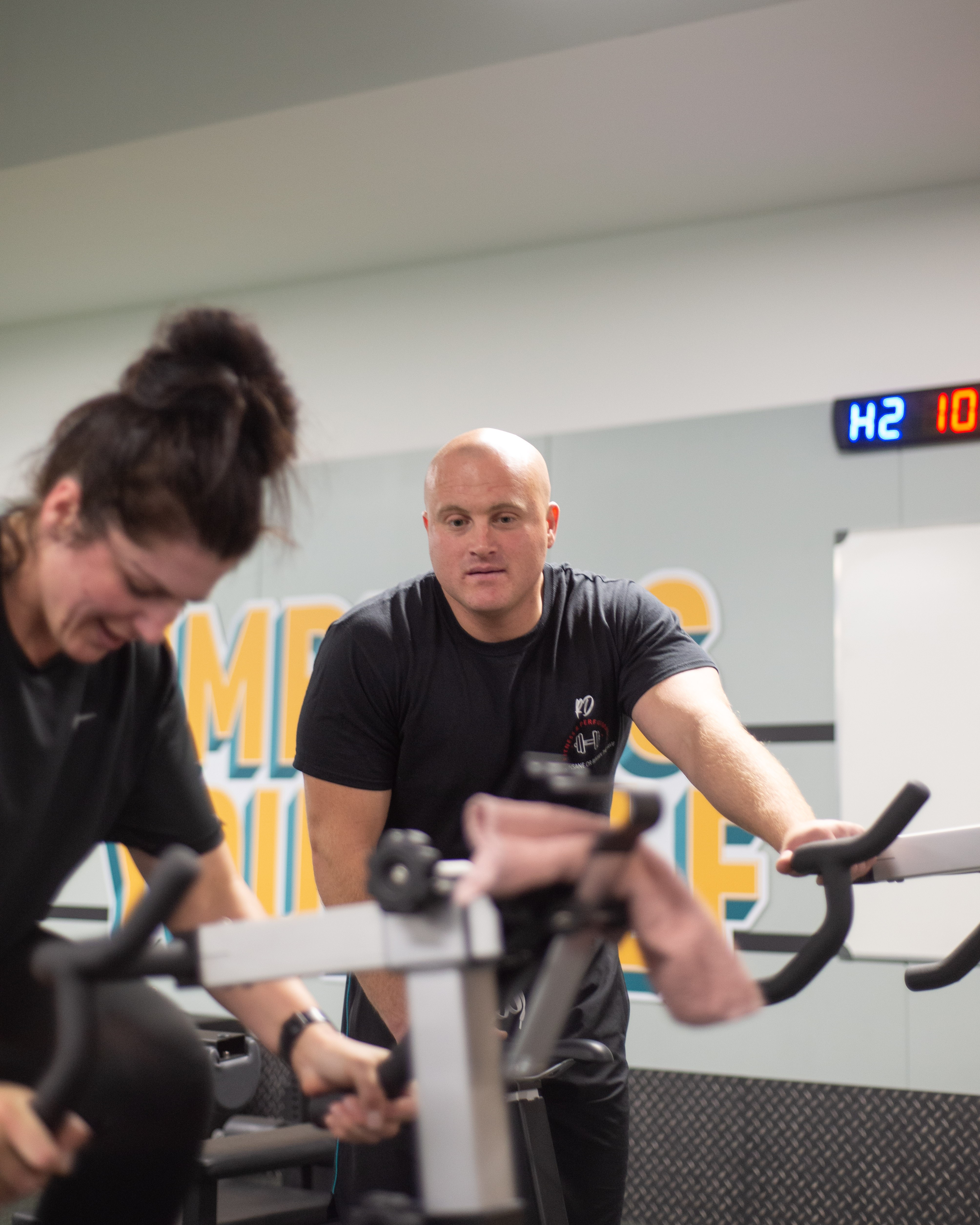
Independent Gyms: The Pros and Cons
Pros:
Personalised Approach: Independent gyms often prioritise a personalised experience, allowing you to tailor your training programs to individual client needs and build stronger connections.
Freedom and Autonomy: Working independently gives you the freedom to set your own schedules, pricing, and training methods, enabling you to establish a unique brand identity.
Strong Relationships: Smaller gyms foster a sense of community, allowing you to develop meaningful relationships with clients, leading to higher client retention rates.
Entrepreneurial Spirit: If you're a self-starter and want to build your own business from the ground up, an independent gym offers the chance to embrace your entrepreneurial spirit.
Cons:
Limited Footfall: Independent gyms might have fewer members compared to their commercial counterparts, which could mean a slower client acquisition process.
Resource Constraints: Smaller gyms may have fewer amenities and equipment options, which could impact the variety of training programs you can offer.
Marketing and Branding: As an independent personal trainer, you'll need to invest time and effort into marketing and branding to attract clients, which might require additional skills and resources.
Income Fluctuations: Building a steady client base might take time, leading to potential income fluctuations during the initial stages of your career.

Conclusion
Deciding between a large commercial gym and an independent gym depends on your unique strengths, preferences, and career aspirations. If you thrive in a high-energy, competitive environment and are willing to work within the gym's framework, a commercial gym could provide you with consistent exposure and networking opportunities. On the other hand, if you value autonomy, personalised client relationships, and the chance to shape your own brand, an independent gym might be the path for you.
Consider your long-term goals. Are you aiming to establish your own brand and business, or are you more focused on gaining experience and exposure in a larger gym setting? Keep in mind that your decision isn't set in stone – you can always start your career in one setting and transition to another as your experience and priorities evolve.
Whichever path you choose, remember that building a successful personal training career requires dedication, continuous learning, and a passion for helping clients achieve their fitness goals. By carefully evaluating the pros and cons of both commercial and independent gyms, you'll be better equipped to make a confident decision that aligns with your vision of a fulfilling and prosperous personal training career in the UK.

